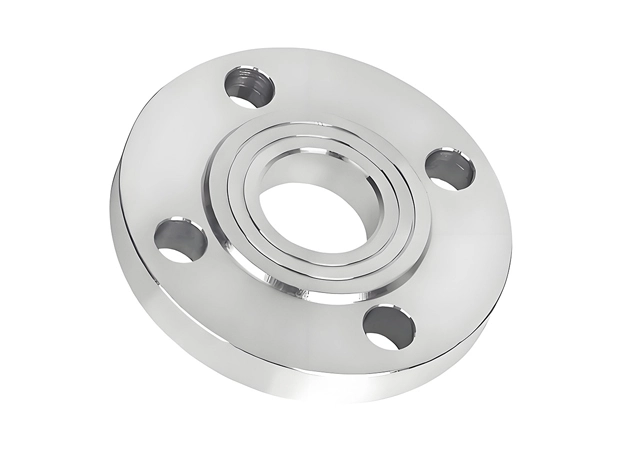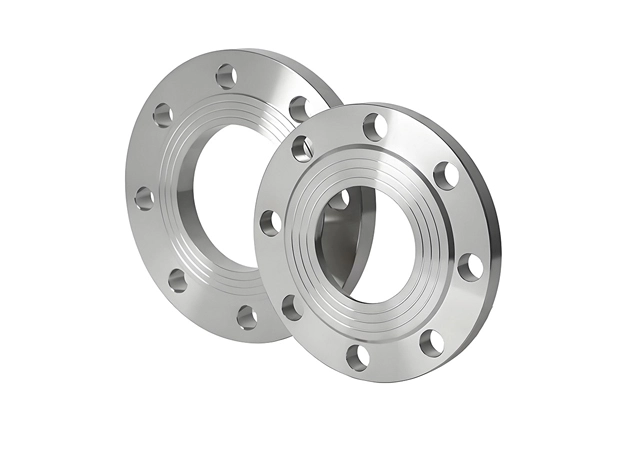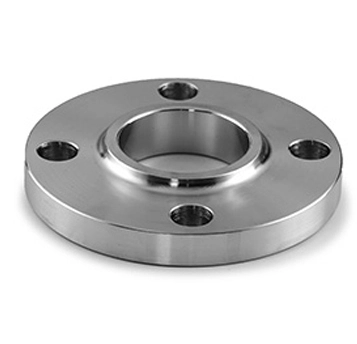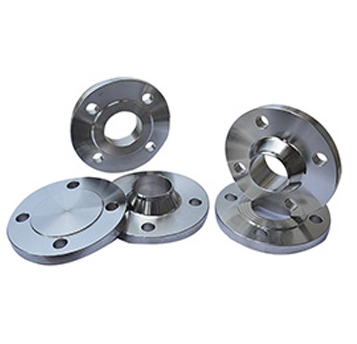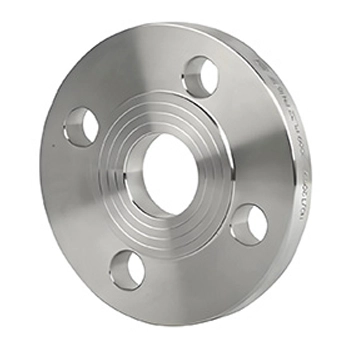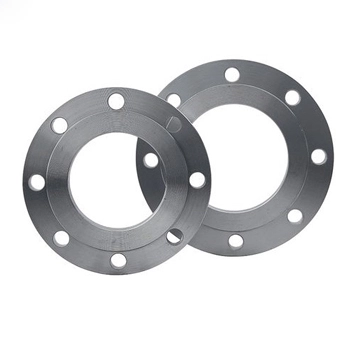An AWWA flange is a type of pipe fitting designed for waterworks applications, adhering to the standards set by the American Water Works Association (AWWA). These flanges are primarily used in water treatment plants, wastewater systems, and municipal water supply networks.
AWWA flange are typically made from materials like ductile iron, carbon steel, or stainless steel, which offer durability and corrosion resistance. AWWA flanges are known for their reliability in maintaining watertight connections and ensuring the seamless distribution of water. They are available in various types, including slip-on, blind, and threaded flanges, and are suitable for low-to-medium pressure applications.
The AWWA C207 standard specifies requirements for steel flanges, covering dimensions, pressure ratings, and material properties. These flanges play a crucial role in minimizing disruptions and ensuring continuous water flow in various water-related infrastructure projects.
Dimensions
AWWA C207: It specifies the dimensions of steel pipe flanges for waterworks service from 4 inches to 144 inches (100 mm to 3,600 mm). The outer diameter and bolt pattern of AWWA C207 flanges match those of ASME B16.1 Class 125 flanges. They also match B16.5 Class 150 flanges up to 24" nominal pipe size and B16.47 Series A up to 60" NPS.
Pressure Ratings
Typical Pressure Ranges: AWWA flanges are generally for lower pressure applications, usually 300 psi or less. The most common pressure range is AWWA Class D, which is rated at 175 psi for sizes under 12 inches and 150 psi for larger sizes.
Chemical and Physical Properties
Chemical Limits: For steel materials, the sulfur content is limited to a maximum of 0.05%, phosphorus to 0.04%, and carbon to 0.29%.
Strength Requirements: The minimum tensile strength is 50,000 psi and the minimum yield strength is 32,000 psi.
Carbon Steel : Strong and durable, suitable for a wide range of applications. Water treatment plants, wastewater systems, industrial piping systems.
Stainless Steel: High resistance to corrosion, ideal for environments with aggressive chemicals. Water treatment plants, wastewater systems, industrial piping systems.
Ductile Iron: Strong and corrosion-resistant, suitable for water-related applications.
Marine and Offshore: In desalination plants on ships or platforms, AWWA flanges connect components. They're also used in ship's water and sewage systems, withstanding seawater corrosion and ship movements.
Municipal Infrastructure: For urban stormwater drainage, AWWA flanges connect pipes. In areas with water mains near subways, they're used to connect water pipes, handling ground pressure and vibrations.
Oil and Gas Industry: In oil production, AWWA flanges are used in water injection systems for enhanced recovery. They also serve in wastewater treatment and disposal systems of this industry.
Mining Industry: In mines, AWWA flanges connect pipes in dewatering systems to prevent flooding. In mineral processing plants, they're used in process water systems for reliable water supply and circulation.

 EN
EN
